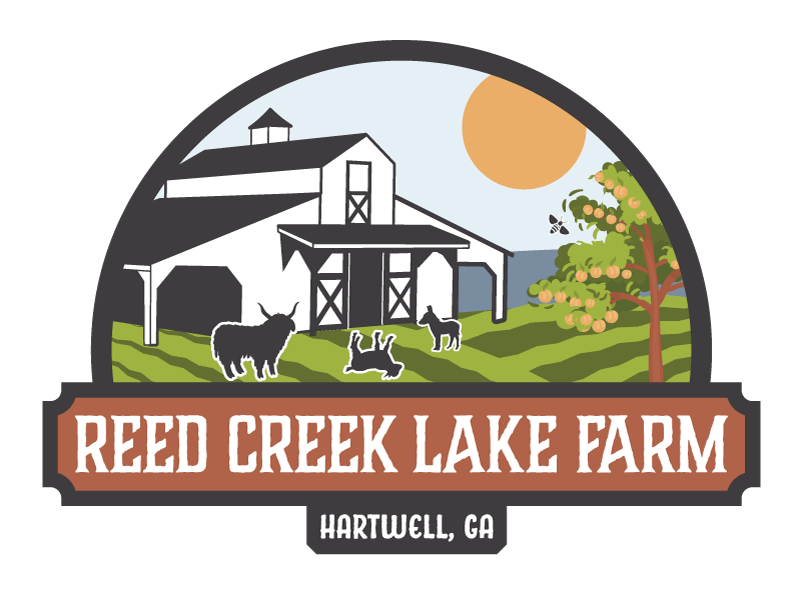
GOATS
Goats, Goats, Goats
Goats are the funniest animals to have around. They provide hours of entertainment. Goats are herd animals, meaning they want to be around other goats.
There are over 300 different breeds of goats! Goats are breed for milk, meat, goatskin and fiber. (Cashmere comes from goat hair)
Some goat fun facts…
Goats are browsers, not grazers
Goats do not have any teeth on the top of their mouth in the front
Goats usually have twins (had have been know to have quintuplets
Goats communicate with one another
Goats communicate to each other through the sounds they made, which is called “bleating”. After the birth of a kid, mother and baby recognize and respond to each other’s voices.
Goats are herd animals- they are very social creatures and want to be with other goats.
Goats have accents-Yes, it’s true! Just like humans, goats can have accents in their voice based on the herd they grew up in.
Goats, octopus, and toads have something in common- They all have a rectangle shaped pupil which is different than the round pupil humans and most animals have.
Goats are ruminants They have a four-chamber stomach that food must pass through in order to be fully digested. You can find them chewing all the time.
Goats discovered coffee- An Ethiopian Legend says the goat herder Kaldi first discovered the potential of these beloved beans. The story goes that that Kaldi discovered coffee after he noticed that after eating the berries from a certain tree, his goats became so energetic that they did not want to sleep at night.
Goats were once used as companions for horses
Horse trainers believed goats had a calming effect on the horses, which would help the horses prepare for a big race. The term “get your goat” is thought to have originated from the practice of stealing a companion goat of another horse so as to increase your chances of doing well in the race. This practice is no longer in place.
You can find many resources to learn about goats! If you are new to goats it is highly recommended to do your research.
thriftyhomesteader.com/a-beginners-guide-to-goats/
For those of us not interested in the meat, milk or fiber from goats, but having them as pets, there are several types of miniature breeds of goats.
Miniature goats are the new chickens — every urban and suburban farmer wants to keep some. Fortunately, zoning permitted, you can keep goats most any where you live.
Miniature goats only grow to be 23½” tall.
The mini goats make excellent pets, they learn their names, will come to you when called, will greet you when you get home an even let you groom them.
Meet the small breeds of goats
Nigerian Dwarfs, Mini-Alpines, Mini-Nubians, Mini-LaManchas, Mini-Oberhaslis, Mini-Saanens, Mini-Sables, Mini-Toggenburgs, Pygmy goats, Mini-Myotonics .
Mini-Myotonics, sometimes known as miniature fainting goats make wonderful pets.
At Reed Creek LakeFarm our goats are Miniature Silky Fainting Goats. They are Mini-Myotonics. Myotonic goats have a genetic disorder called myotonia congenita that causes their muscles to stiffen when they’re excited or frightened. A fainting goat doesn’t actually faint. She remains awake and alert during seizures (don’t worry: seizures aren’t painful and they don’t distress the goat at all).
The miniature silky is a relatively new breed, breed for the gentle nature and beautiful hair.
Learn more about the history of miniature silky’s https://msfgaregistry.org/msfga-history
We hope you enjoy the fun pictures of our babies. They bring us so much laughter and joy.


